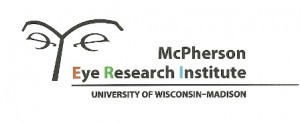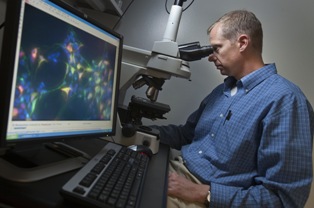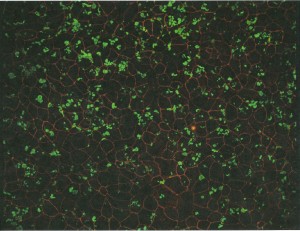- Retina Research Foundation
- About RRF
- Pilot Study Grants
- Grant Recipients 2025
- Samuel M. Wu, PhD
- Yingbin Fu, PhD
- Graeme Mardon, PhD
- Wei Li, PhD
- Yuqing Huo, MD, PhD
- Rui Chen, PhD
- Wenbo Zhang, PhD
- Curtis Brandt, PhD
- Lih Kuo, PhD
- Timothy Corson, PhD
- Jianhai Du, PhD
- Francesco Giorgianni, PhD
- James Monaghan, PhD
- Seongjin Seo, PhD
- Andrius Kazlauskas, PhD
- Erika D. Eggers, PhD
- Ann C. Morris, PhD
- Ming Zhang, MD, PhD
- Christine Sorenson, PhD
- Alex J. Smith, PhD
- Jeffrey M. Gross, PhD
- David M. Wu, MD, PhD
- Kinga Bujakowska, PhD
- Eric Weh, PhD
- Ching-Kang Jason Chen, PhD
- Jakub K. Famulski, PhD
- Thanh Hoang, PhD
- Georgia Zarkada, MD, PhD
- Eleftherios Paschalis Ilios, PhD
- Oleg Alekseev, MD, PhD
- Erika Tatiana Camacho, PhD
- Patricia R. Taylor, PhD
- Elizabeth Vargis, PhD
- Publications
- Grant Guidelines and Information
- Grant Application
- Grant Recipients 2025
- Research Programs
- Contact Us
- Giving
- RRF History
- Home
Humble Distinguished Directorship
Emmett A. Humble Distinguished Director
David M. Gamm, MD, PhD
Humble Distinguished Director, McPherson Eye Research Institute
Assistant Professor
Department of Ophthalmology and Visual Sciences
Waisman Center Stem Cell Research Program
University of Wisconsin School of Medicine and Public Health
Madison, WI
Dr. Gamm's Research Project
Modeling and Treating Retinal Disease with Human Induced Pluripotent Stem Cells (hiPSCs)
Current Research Interests
Dr. Gamm has pioneered the use of human induced pluripotent stem cell (hiPSC) technology to model human retinal diseases (including macular degenerations) in a laboratory dish – a powerful system to test drug and gene therapies. In addition, He is developing stem cell-based photoreceptor replacement approaches to treat retinal degenerative disease. His ultimate goal is to utilize the stem cell differentiation methods invented in his lab to produce clinical-grade cells for the treatment of blind and low vision patients. He is also studying the key biological steps through which photoreceptors are created from stem cells, so as to improve the efficiency of the process. Together with collaborators at the UW-Madison, Dr. Gamm’s team is paving the way for hiPSC therapies for retinal disease.
The above image shows human retinal pigment epithelium (outlined in red) derived from induced pluripotent stem cells created from a patient with Best Vitelliform Macular Dystrophy, a type of blinding disorder. The green areas are indicative of material that has not been properly digested by these cells, which is a prominent feature of this disease. (Image taken by Dr. Ruchira Singh, Gamm lab)




